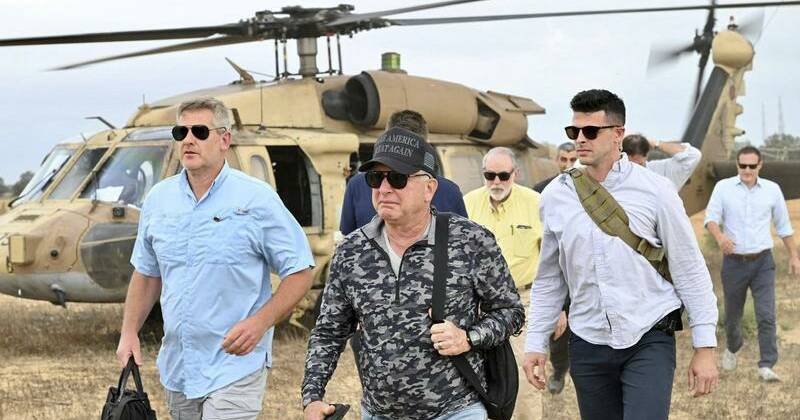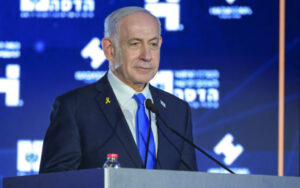
The ongoing humanitarian crisis in Gaza has drawn international attention as Steve Witkoff, a US envoy, visited a US-backed aid operation in the region. His visit on October 7, 2023, coincided with growing concerns from humanitarian organizations and the United Nations about the conditions faced by the enclave’s residents. The UN has criticized the operation for contributing to the dire circumstances that have led to significant loss of life.
Visit Amid Growing Tensions
Witkoff toured the facilities of the Gaza Humanitarian Foundation (GHF) in Rafah, an area heavily impacted by conflict. The GHF, founded in late May, has been under fire from various humanitarian entities and foreign governments. Critics argue that its operations are unsafe and violate essential humanitarian principles, further exacerbating the hunger crisis affecting Gaza’s population of approximately 2.2 million.
Reports indicate that since the GHF began operations, over 1,000 people have died while trying to access aid, with most casualties attributed to the actions of Israeli forces near GHF sites. Following Witkoff’s visit, Palestinian medics reported that three individuals were shot dead by Israeli troops close to one of the GHF’s distribution points. The Israeli military stated it was investigating the incident, describing the deceased as part of a “gathering of suspects” that approached its forces.
International Response and Aid Efforts
The Israeli military has acknowledged that its personnel have killed some Palestinians seeking assistance and has implemented new directives aimed at improving the situation. In contrast, the UN has refused to collaborate with the GHF, citing its distribution methods as inherently risky. The GHF maintains that no fatalities have occurred at its aid distribution points and claims to have measures in place to ensure safe deliveries.
Israel has placed blame on both Hamas and the UN for the failure to deliver adequate food supplies to desperate residents. In response to the crisis, Israeli officials introduced the GHF’s distribution framework, asserting it would prevent aid from being misappropriated by Hamas. The militant group has denied these allegations, stating it does not seize aid intended for civilians.
Negotiations aimed at establishing a temporary ceasefire and securing the release of hostages from both sides have reached an impasse. On the same day as Witkoff’s visit, Hamas released a video of Israeli hostage Evyatar David, illustrating his emaciated state. The militant group’s partner, Islamic Jihad, also shared footage of another hostage, Rom Braslavski, pleading for freedom.
International pressure on Israel continues to mount over the extensive devastation in Gaza and the rising starvation rates among its inhabitants. Recent reports indicate that many individuals have succumbed to malnutrition, especially after Israel halted all supplies to the area for nearly three months earlier this year.
As part of its efforts to address the humanitarian situation, Israel announced a temporary pause in hostilities during certain hours to facilitate aid deliveries, with the military disclosing that 200 trucks of aid were distributed on Thursday, with hundreds more awaiting pickup at border crossings. The UN has indicated that thousands of trucks remain ready for entry, contingent upon the easing of stringent security measures that have hindered aid shipments.
This week, Israel began air-dropping food supplies, which UN agencies criticized as an inadequate substitute for ground deliveries. On Friday, the Israeli military reported that 126 food packages had been air-dropped by six nations, including France, Spain, and Germany.
The conflict in Gaza escalated significantly following a deadly attack by Hamas on southern Israel on October 7, 2023, resulting in the deaths of over 1,200 people and the abduction of 251 hostages. In retaliation, Israeli military actions have reportedly led to the deaths of over 60,000 Palestinians, according to health officials in Gaza.







